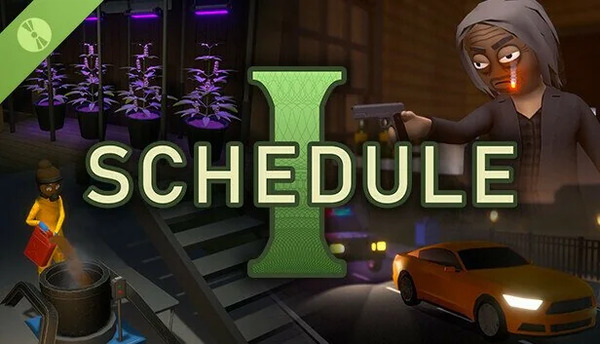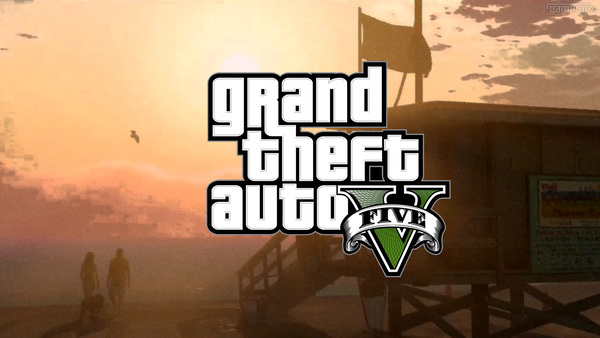Popular Now
Introduction
Schedule I is not just a time management simulator—it's a mirror that forces players to confront their real-life tendencies with time, priority, and regret. The game is structured around a strict in-game calendar, where every decision and every hour counts. Unlike sandbox games that allow unlimited retries or grinding, Schedule 1 builds its challenge on limitation. This article explores a deep and specific element of the game: its time management mechanics and how they shape decision-making, pressure, and consequences for the player across different phases of the game.
The Daily Grid System: A Fixed Clock 
Example: A new player tries to fit a part-time job, school, and social events into a single day, only to find themselves too exhausted to study properly.
Paragraph: The foundation of Schedule 1 is its time grid. Every day consists of 24 fixed blocks, each representing an hour. Tasks consume time and energy—working a shift might take four hours and reduce stamina, while studying might require two hours of focus. Unlike most games, time here doesn’t stop, and poor planning leads to compounding failures. Players quickly learn that overcommitting to one area causes neglect in others. It’s a carefully designed trap to teach planning through failure.
Beginning the Game: Misplaced Confidence
Example: A player takes on two part-time jobs in the first week to make fast money but forgets to sleep or attend important orientation events.
Paragraph: Early-game confidence often leads to bad habits. Players believe they can "do it all"—work, attend classes, build relationships, and still rest. However, Schedule 1 punishes unrealistic expectations. Early events like missing a lecture or being too tired to study don't cause instant failure, but they plant seeds of long-term problems like failed exams or burned-out stamina. The lesson? Players must learn the rhythm of the week before filling every time slot.
Mid-Game: The Juggling Act Intensifies
Example: A midterm exam lands on the same day as a rent payment deadline, and the player has to choose between last-minute cramming or picking up a double shift.
Paragraph: Around week three or four, the game ramps up complexity. Overlapping responsibilities force players to prioritize. Work keeps you afloat financially, but skipping class hurts long-term goals. Events like "conflict scenarios" begin appearing, where two equally important activities occur at the same time. The calendar becomes a battlefield of trade-offs, and the player must sacrifice something. There's no way to do everything, and that’s intentional.
Time-Based Traits: Your Character's Internal Clock
Example: Choosing the "Night Owl" trait boosts creativity at night but makes early lectures harder to attend without penalties.
Paragraph: The game includes unique character traits that influence time management. These include Early Riser, Workaholic, and Social Battery. Each changes how time affects the player. An Early Riser gains mental clarity in the morning, ideal for studying, while the Workaholic earns more but burns out faster. Choosing traits forces players to align their schedule with their strengths. Failing to do so—like scheduling early tasks for a Night Owl—leads to failure, even if the calendar looks optimal.
Clashing Priorities: Permanent Choices
Example: The player must decide between going on a rare networking trip or attending their sister’s wedding—both scheduled at the same time.
Paragraph: These "either-or" choices are brutal. Schedule 1 includes locked event conflicts, meaning choosing one permanently closes off the other. It's one of the game's most emotional mechanics, simulating real-life regret. Once time passes, it’s gone, and there's no reset button. These decisions make players weigh what matters most—career, family, rest, or relationships. Each choice defines not only your in-game future but your narrative arc.
The Burnout Spiral
Example: Skipping rest for a week triggers a collapse event where the character sleeps through two days, missing key obligations.
Paragraph: Overwork isn’t just possible in Schedule I—it’s inevitable for inexperienced players. By stacking too many high-energy tasks and neglecting rest, players enter a "burnout spiral." When this happens, the character’s efficiency drops, mood declines, and debuffs apply. Eventually, exhaustion triggers forced downtime. This causes a loss of progress, missed events, or worse, permanent negative traits like depression or sickness. The game is designed to show that rest isn’t optional—it’s strategic.
Adapting and Improving: Building Routine
Example: A player who struggled early begins to build a repeatable weekly pattern—rest on Mondays, study on Tuesdays, socialize on Fridays.
Paragraph: Success in Schedule 1 doesn’t come from grinding but from structuring routines. Veterans learn that having stable daily patterns is more effective than chasing spontaneous wins. By grouping tasks—like scheduling errands after lectures or combining low-stress events on rest days—players improve efficiency. Habits replace improvisation. The planner becomes a tool for control, not chaos.
Meta Systems: Regret, Reflection, and Growth
Example: After failing to get promoted, the character journals for three nights in a row, regaining focus and unlocking new scheduling options.
Paragraph: Schedule I includes emotional mechanics such as the “regret” and “reflection” systems. Missing big events or making poor choices lowers morale. If not addressed, this leads to distraction debuffs. However, players can choose to process regret through reflection activities—like therapy, journaling, or talking with friends. These aren’t just flavor—they restore effectiveness and add depth, teaching that recovery and introspection matter just as much as success.
Late-Game: Living with the Consequences
Example: A player who focused on money early finds themselves emotionally isolated, limiting final opportunities like starting a family or founding a company.
Paragraph: By the final weeks of the game, the player's life path is mostly set. Long-term consequences take hold. A poor academic record limits career paths. Ignored relationships mean fewer emotional supports. Unmanaged stress causes health breakdowns. However, players who maintained a balanced life unlock powerful endgame paths—like legacy projects or family milestones. The late-game isn’t about finishing everything, but reflecting on what you built with the time you had.
Community Calendars and Real-Life Reflections
Example: Players on forums share screenshots of their in-game planner next to real-life schedules they've modeled after the game.
Paragraph: Schedule I has inspired an unexpected side effect: people using its principles in real life. Community-made mods like “Startup Founder Calendar” or “Grad School Mode” simulate new time challenges. Some players report that playing Schedule 1 helped them organize their daily lives. The game doesn’t just test you—it trains you. It teaches what real-world planners often miss: time is the most valuable currency, and once spent, it never returns.
Conclusion
Schedule I is a masterclass in pressure, reflection, and structure. Its greatest strength isn’t flashy visuals or complex lore—it’s the relentless passage of time and the emotional weight of every hour. By locking players into a world where every choice is irreversible, it fosters a level of emotional engagement most games never reach. Every minute matters, every event is a fork in the road, and success isn’t about doing more—it’s about choosing better. For players willing to face the challenge, Schedule 1 offers not just a game, but a deeply personal journey through the clock of life.


















